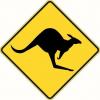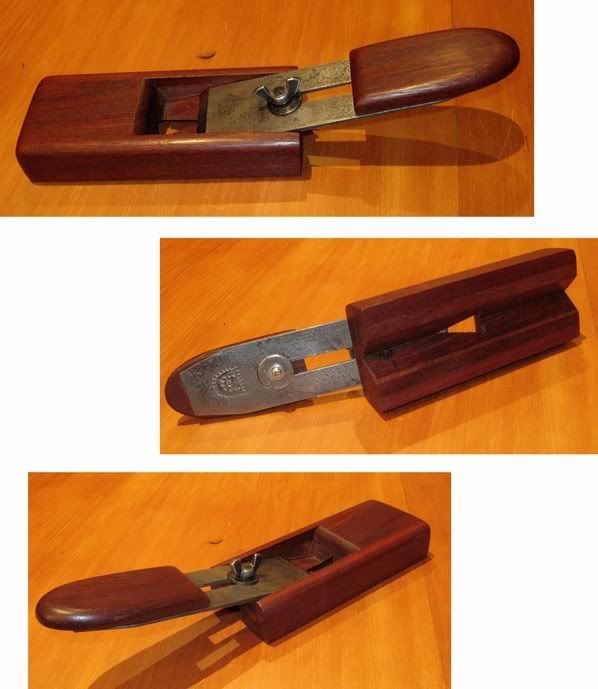What's the best tool choice for 1/8" chamfers, running both with the grain and across the end grain?
I've got several small blocks to chamfer on all edges. The blocks are about 1.5" x 1.5" x 2" and are made from maple, walnut, and mahogany. I was planning on trying my standard angle block with a DIY fence / angle guide. I'm sure this will be great with the grain, however I've got serious doubts about the ends of the blocks. Also note that my skills with a hand plane are not the best, and I'm having trouble getting a consistent angles and depths with these chamfers (hence the fence idea).
I've got electrons, and I'm not afraid to use 'em, but I'd rather take this opportunity instead of passing it by. If electrons are the best choice in this situation, well, that's fine too.
Thanks!




 Reply With Quote
Reply With Quote







